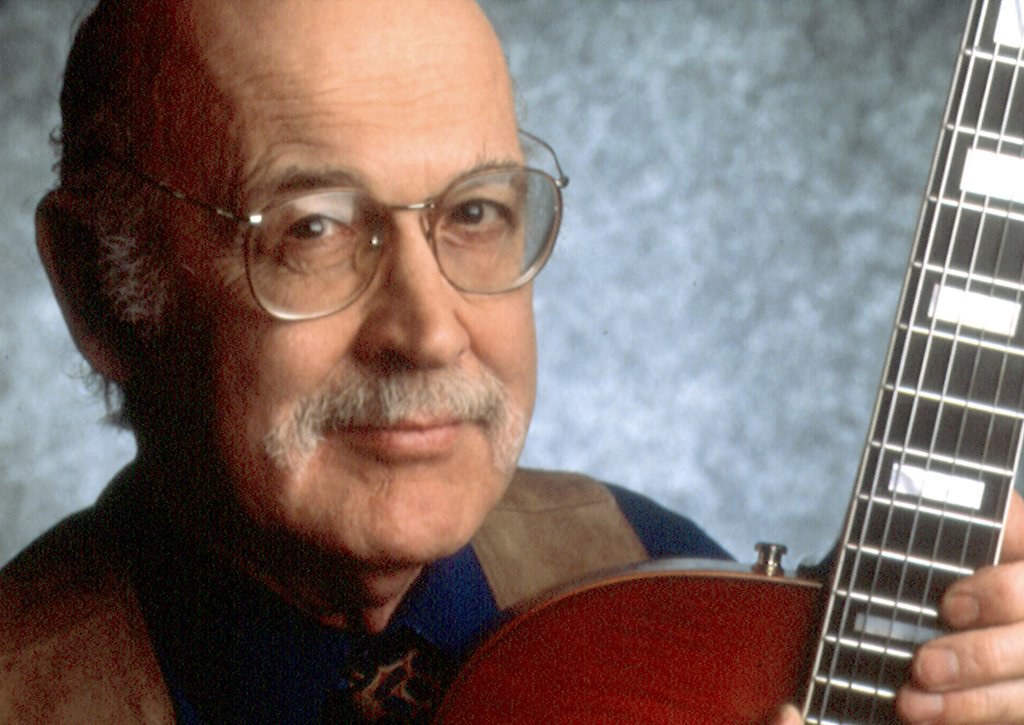“It’s very gratifying to improvise in front of people. I feel I’m including them in what I’m doing, taking them someplace they might like to go and haven’t been before.”
-Jim Hall, guitarist
The Musician’s Way, p. 102
Improvisation is the most playful way that we can make music, and it’s also one of the most fulfilling.
But improvisation isn’t the exclusive domain of jazz specialists like Hall. Although it may have leaked out of the classical mainstream, if you’re a classical musician, improvisation doesn’t need to be absent from your aesthetic universe.
In fact, it shouldn’t be, for both artistic and practical reasons.
In the case of a classical clarinetist, let’s say, moderate competence at improvisation, coupled with agility in playing symphonic and chamber music repertoire, would outfit her to perform in classical ensembles and in a mix of combos – jazz, klezmer, world music, and so forth.
She could then contribute broadly to her community, take pleasure in impromptu performances, and enlarge her income by booking more performances. Weighed against the musicians who can perform only from notation, her career has a more eclectic potential.
“If you’re a classical musician, improvisation doesn’t need to be absent from your aesthetic universe.”
Nonetheless, eclecticism isn’t for everyone. For classical musicians who don’t resonate with other styles, an improvisational vocabulary arms them to handle memory slips, apply music theory concepts, and perform contemporary compositions that call for spontaneity. Plus, the playfulness of improvisation provides an unmatched outlet for artistic expression, whatever the genre.
If improvisation is new to you, you can get your feet wet through self-study. Your best bet for learning fundamentals, though, may be to enroll in a class or workshop.
In a classroom setting, you acquire a background that you can flesh out independently, and you meet colleagues with whom to practice.
“The playfulness of improvisation provides an unmatched outlet for artistic expression”
To keep the improvisational juices flowing during your individual practice, improvise a bit each day, even if you come up with just a variation on a scale exercise or improvise during your warm-up.
For a more in-depth session, you might get together with fellow musicians, or you could ad-lib to the audio materials from an improvisation method.
Either way, have fun when you improvise; let improvisation be a vehicle for expressing your true self.
* * *
Here are links to highly respected resources to learn about and practice improvisation:
- Jamey Aebersold books & play-alongs at Amazon.com
- Jerry Coker jazz improvisation books at Amazon.com
See The Musician’s Way for guidelines to establish creative and productive practice habits.
Related posts:
The 5 Practice Zones
Effortless Sight-Reading
Perceptive Listening Promotes Better Performing
The Twin Aims of Deliberate Practice
© 2019 Gerald Klickstein
Adapted from The Musician’s Way, p. 102-103


